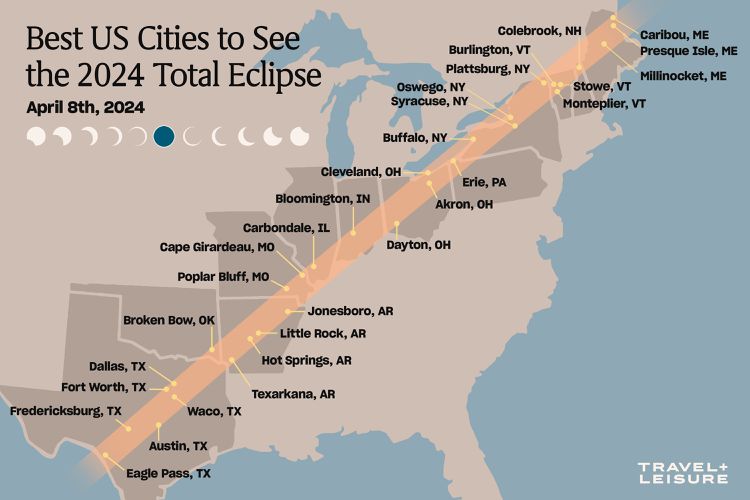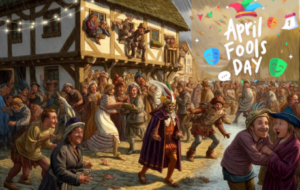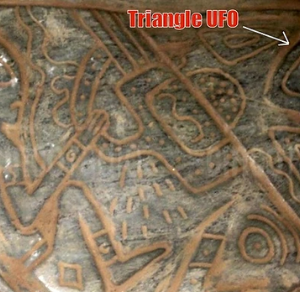Throughout history, celestial events have often been interpreted through the lens of spiritual beliefs and texts. Among these, the Bible offers fascinating insights into phenomena such as eclipses, particularly those involving the darkening of the sun. As we approach the total solar eclipse on April 8th, it’s intriguing to explore what the Bible says about such occurrences and draw connections to this upcoming event.
Biblical References to the Dark Sun
The Bible contains several passages where the sun’s darkening signifies divine intervention, judgment, or a herald of significant events. For instance, during the crucifixion of Jesus, the Gospel of Matthew reports: “From noon until three in the afternoon darkness came over all the land” (Matthew 27:45, NIV). This period of darkness, possibly alluding to a solar eclipse, underscores the solemnity of Christ’s death and its cosmic significance.
In the Old Testament, prophetic books like Amos speak of the sun going dark as a symbol of the Lord’s judgment: “In that day,” declares the Sovereign LORD, “I will make the sun go down at noon and darken the earth in broad daylight” (Amos 8:9, NIV). Such imagery evokes the power of God to control the cosmos, serving as a metaphor for divine wrath and the upheaval of the natural order in response to human iniquity.
The book of Revelation, rich with apocalyptic imagery, describes a future where the sun becomes black: “The sun turned black like sackcloth made of goat hair, the whole moon turned blood red” (Revelation 6:12, NIV). This verse is part of a passage detailing the opening of the sixth seal, signifying the beginning of the end times, with celestial phenomena acting as signs of the apocalypse.
The April 8th Total Solar Eclipse in Light of Scripture
The April 8th total solar eclipse, while a natural phenomenon explained by the alignment of the Earth, moon, and sun, can also be viewed through a biblical lens as a reminder of the awe-inspiring nature of creation. The massive explosions visible on the sun during such eclipses, like the spectacular coronal mass ejections (CMEs) and solar flares, highlight the power and dynamism of the universe God created.
While the Bible’s references to the darkened sun are often symbolic, representing divine messages rather than scientific events, the awe and wonder they evoke resonate with the feelings many experience during an eclipse. The visibility of prominences, those dark-pink towers of plasma stretching into space, during the brief totality on April 8th, offers a tangible connection to the biblical imagery of a darkened sun and the power beyond our understanding.
The anticipation and excitement surrounding the upcoming eclipse, especially considering the possibility of witnessing giant eruptive prominences and other solar phenomena, mirror the biblical sense of wonder at God’s creation. The fact that such events are predictable, yet profoundly moving, speaks to the order and majesty inherent in the cosmos.
Moreover, the effort to extend the observation of the eclipse, such as through projects aiming to create a continuous 60-minute 3D movie of the sun’s corona, reflects humanity’s desire to grasp the uncontainable. This pursuit of understanding, driven by the brief and fleeting nature of totality, echoes the biblical theme of seeking knowledge and wisdom in the face of divine mysteries.

As the April 8th total solar eclipse approaches, reflecting on biblical passages about the dark sun invites a deeper appreciation of the event’s spiritual dimensions. The Bible’s portrayal of solar darkness as a sign of God’s presence, judgment, or the unfolding of prophetic events encourages us to view the eclipse not just as a spectacular natural phenomenon, but as a moment of contemplation on the divine.
The remarkable occurrences that may accompany the eclipse, such as prominences and CMEs, serve as modern-day manifestations of the awe-inspiring events described in scripture. They remind us of the majesty of the universe and the Creator’s power, inspiring both reverence and wonder.
In the end, whether one views the eclipse through the lens of science, spirituality, or both, the convergence of the Earth, moon, and sun on April 8th offers a unique opportunity to reflect on our place in the universe and the mysteries that continue to unfold above us. The Bible, with its rich imagery of a darkened sun, provides a valuable perspective on the significance of these celestial events, reminding us of the timeless human quest to understand the divine tapestry of creation.









